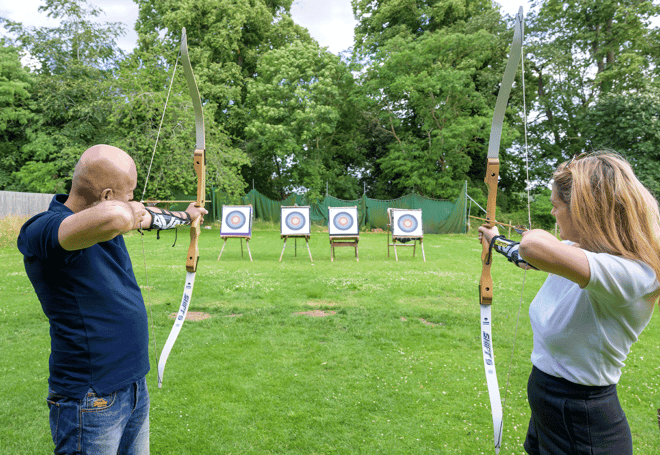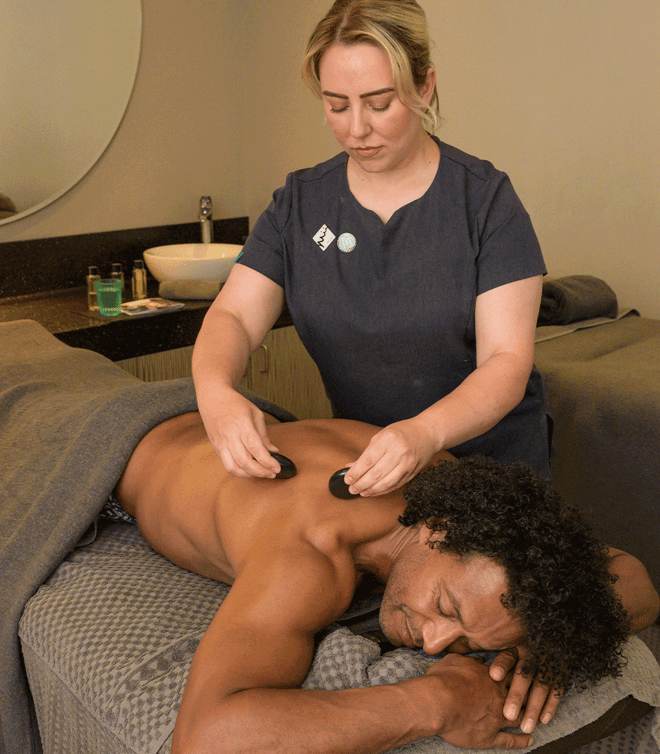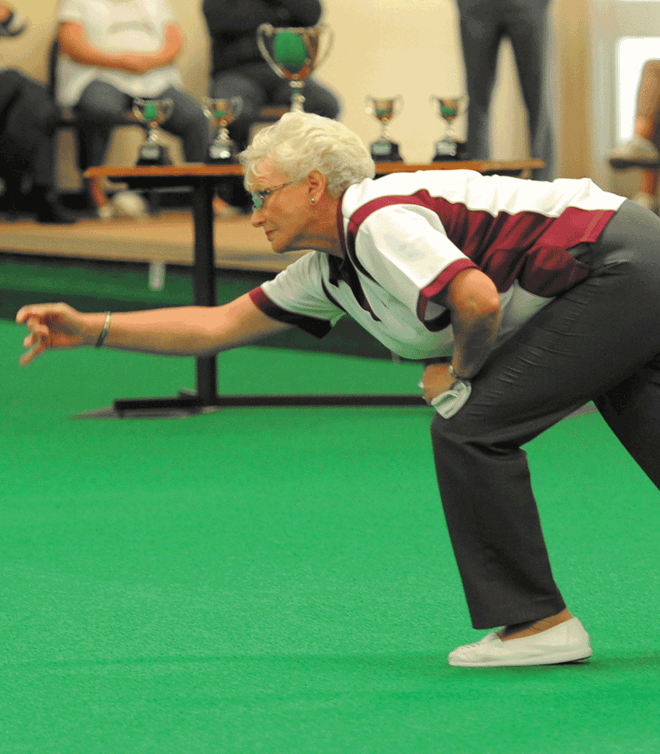Activity Holidays & Breaks
Discover a host of activities from yoga, self-guided walks or getting active with an aqua aerobics class. Whatever you fancy, it's all here waiting for you.


Activities for everyone
Try something new or engage in an old favourite pastime with our much-loved leisure activities. From archery and laser clay to quizzes and wine tastings – there's an experience for anyone.
What activities are available at all Warner Hotels?
Activities included in the price:
- Archery*
- Rifle shooting*
- Aqua fit
- Wellness activities
- Laser pistols
- Quizzes
- Movies
- Matinees/Cabarets
- Let's Dance workshops
- Make up demo
- Walk a mile
- History tours
- Swimming
Activities available with an additional supplement include:
- Cocktail tasting*
- Gin tasting*
- Afternoon tea*
Each hotel also offers a range of unique activities and experiences. For more on what is available at your location, check out the Activities section on each hotel page.
*Book ahead on My Warner Stay.

Entertainment and Live Shows
Electric entertainment is available each and every day at our UK hotels with musicals, DJs, comedians, tribute acts and plenty more.

Destinations to explore
Sought-after locations just waiting to be explored with organised trips to local towns and historical attractions all easily accessible via walking, cycling or a short drive from our hotels.

Spa and Wellness
On every Warner Break you’ll have access to a range of state-of-the-art spa and wellness facilities with an inviting pool and a steamy sauna all included in the price. And for that added pampered feeling, why not try a relaxing massage or treatment.

Dining
Warner Hotels prides itself when it comes to dining experiences with our hearty breakfasts and delicious dinners included in the price of every break. We also offer a range of tempting add-ons such as tasting experiences, mouth-watering lunches or a sumptuous afternoon tea.
Package Breaks with extras
Added packages included with every break for that little bit of extra, too good to miss and an opportunity to meet like-minded people.

Spa Breaks
Feel pampered with revitalising treatments, a steamy sauna or float away in the inviting pool.

Bowls Breaks
Whether a pro or just fancy something new, you'll be bowled over on one of our bowls breaks.

Dance Themed Weekend Breaks
Strut your stuff with dance fit classes, lessons and a final toe-tapping live performance.

Excursions Breaks
Make it extra special with our new excursions on selected breaks to local areas.
Included in the price of every break
Great value breaks with so much included
-

Breakfast & dinner
Delicious breakfasts and three-course dinners featuring tempting classics with either help yourself buffet or waiter service.
-

Activities
Choose from dance and fitness classes, spa and wellness, bike rides, archery, quizzes, walking tours and more.
-

Leisure facilities
Heated pools and a steamy sauna, plus a cinema, games room and other sports facilities at selected locations.
-

Entertainment
Nightly spellbinding performances from vocalists, bands and comics to choreographed and costumed shows.
-

Room treats
All rooms come with a generously stocked tea tray, plus a selection of toiletries in the bathroom.
-

Sensational Service
Our team are happy to help with anything you need and there's no charge for parking and high-speed Wi-Fi.
-
Free, high-speed wifi
-
Free Parking
-
Adults only
-
Tea and coffee in room
-
Wheelchair accessible